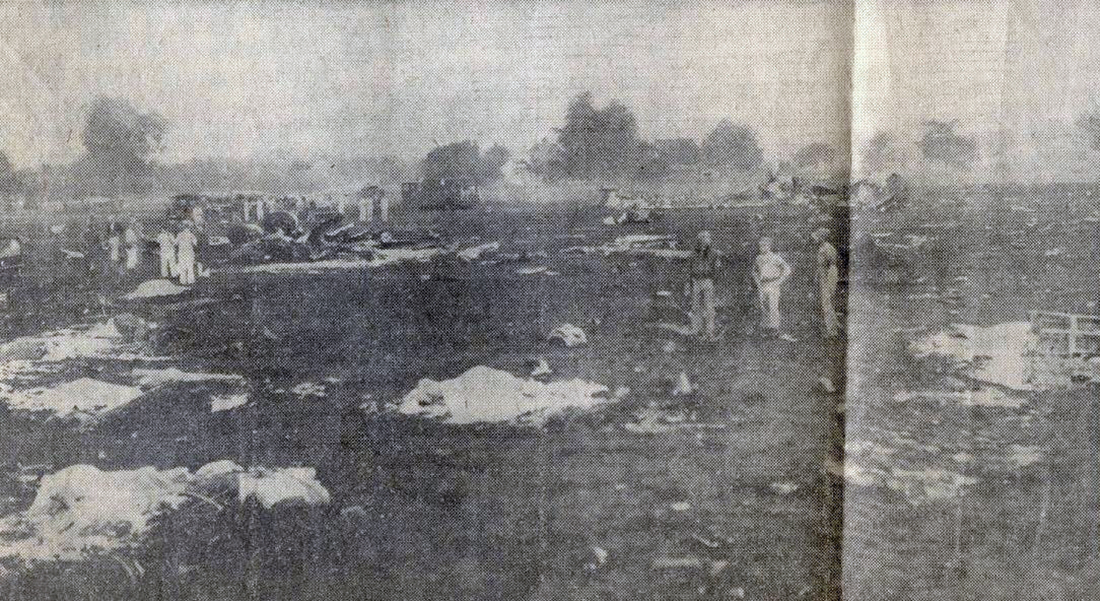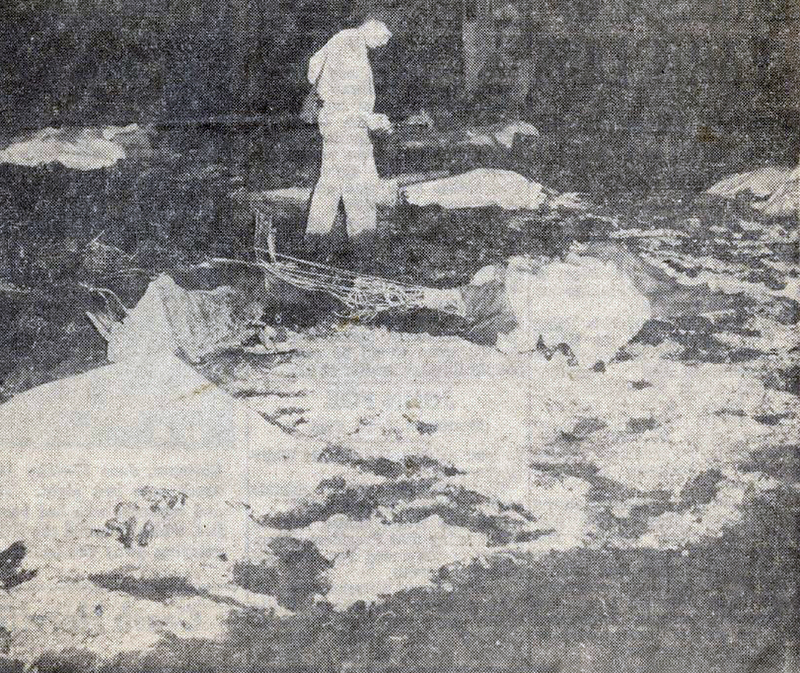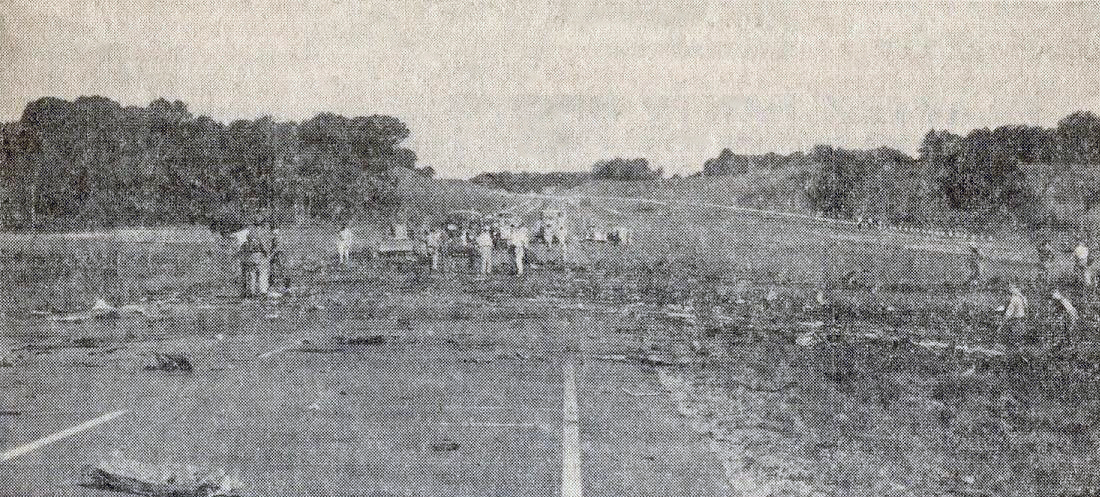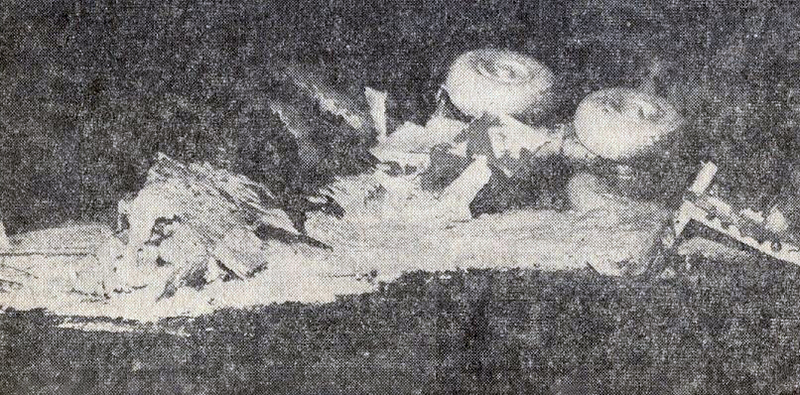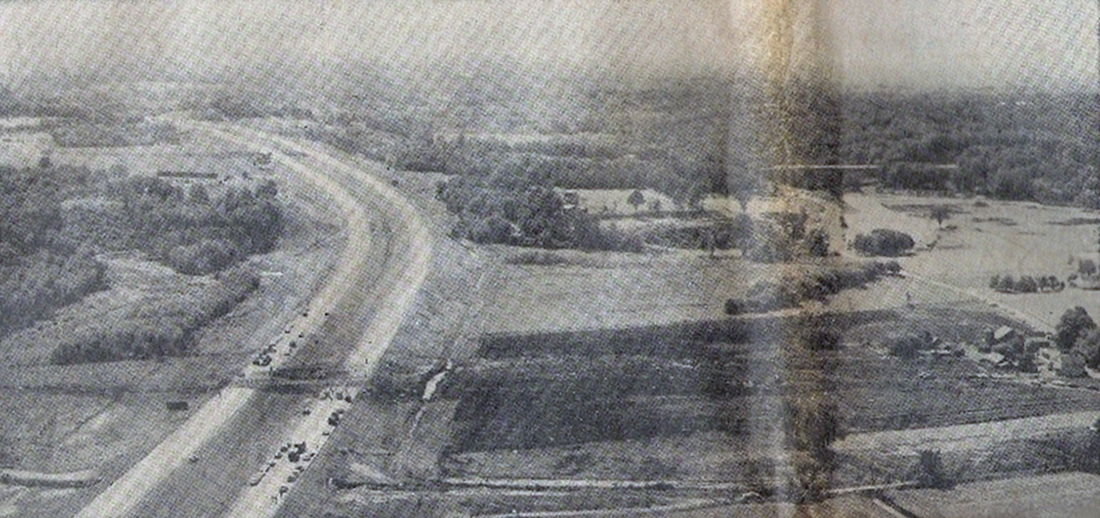Crash of a Douglas C-124C Globemaster II in the Pacific Ocean: 6 killed
Date & Time:
Jul 4, 1958 at 0133 LT
Registration:
50-0107
Survivors:
Yes
Schedule:
Hickam – Wake Island – Tokyo
MSN:
43245
YOM:
1950
Crew on board:
7
Crew fatalities:
Pax on board:
2
Pax fatalities:
Other fatalities:
Total fatalities:
6
Circumstances:
While cruising by night, the crew informed ATC about technical issues with the number three and elected to feather the propeller. In the mean time, the captain decided to divert to Hickam Field. Thirteen minutes later, the crew reported he was unable to feather the propeller that was windmilling while the engine number three was losing oil. In such condition, the captain decided to divert to Johnston atoll closer from his position. Unfortunately, shortly later, a propeller detached from the engine number three and struck the ailerons, causing serious control difficulties. The crew reduced his altitude and attempted to ditch the airplane about 200 miles northeast of the Johnston atoll. Rescuers arrived twelve hours later and were able to evacuate three wounded crew members while the aircraft sank and six other occupants were killed.
Probable cause:
In-flight technical problems with propeller and engine number three.



